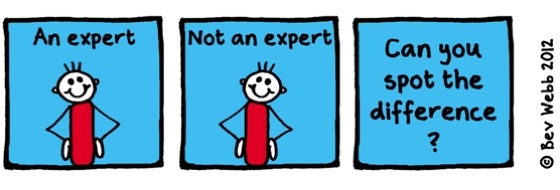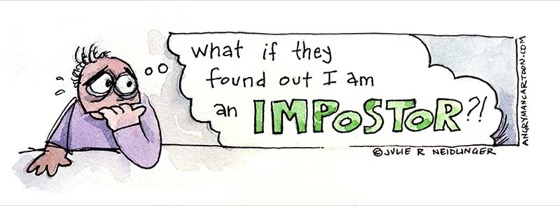
Nothing feels better than having a student ask how to accomplish a task with which we have a certain expertise. Maybe they ask how draw a city scene and we are well versed in perspective. Perhaps they want to know how to paint a landscape and we can wield a brush like Bob Ross. When we know the subject or the medium, it’s good to be the teacher, but what happens when we don’t know the solution?
Do art teachers need to be experts in order to teach?
Play It Safe

One solution for when a student asks to try something we ourselves are not familiar with is to simply say no. Most likely, our lesson plans and rubrics are well established. We have set guidelines for the project, and we expect the student to follow suit. Although this method is safe, it’s possible that we may inadvertently dismiss an authentic learning opportunity.
It’s OK To Not Know
Learning is messy. Whether it’s clay, glue or (help us all) glitter, art teachers understand mess. The mess, however, is always on the student side. Teachers prefer order in everything we do from stowing our supplies to the lesson plans we write. Being an expert is part of that order. When a student asks a question, we instinctively want to provide the solution. However, the best teachers know that sometimes it’s better to respond with another question. Though it will feel and sound messy, it is even more intellectually honest to say, “I don’t know”. There is value in not knowing. When we surpass our ‘need to be the expert’ mentality, we open the doors for engaged learning.
Figuring It Out Together
Perhaps the best way to respond to a problem when you don’t know the solution is for you and the student to figure it out together. This is where I like to live. If a student asks and I haven’t a clue, I respond, “I don’t know. Let’s find out”. In this situation, the teacher and the student can work together and both contribute to the learning. The two parties merge their talents and form a team. The teacher becomes one of the students, working to accomplish the task at hand.
Student as Teacher
Perhaps the most vulnerable situation is when the teacher admits they don’t know how to accomplish a task but is willing to be taught by the student. In this circumstance, the student becomes the teacher (but don’t worry, you’ll still get paid). The teacher then leaves the research to the student with the expectation that the student will return and demonstrate how to accomplish the task to both the teacher, as well as their fellow classmates.
One More Note About Messy
When we, as the expert, demonstrate a solution, the results are almost guaranteed success. When we admit we don’t know and attempt to discover an explanation without tested results, there is the inherent possibility of failure. That’s OK. Learning is messy and can occur even if the end result is a complete flop. Learning how not to do something is just as powerful, if not more so, than learning how.
{image source} {image source}
How do you overcome your fear of not being the expert?
Have you ever worked together with your students to discover something you weren’t sure how to do?
Have you ever learned something entirely new from a student? What was it?
Magazine articles and podcasts are opinions of professional education contributors and do not necessarily represent the position of the Art of Education University (AOEU) or its academic offerings. Contributors use terms in the way they are most often talked about in the scope of their educational experiences.




